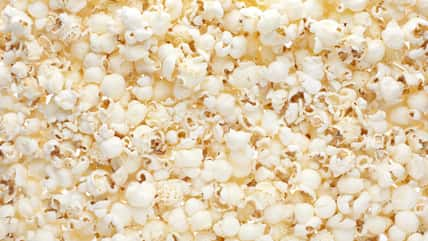What We Didn’t Get Right About Sunburns: It’s Damage To Your RNA, Not DNA, That Causes Them

Many people follow the golden rules of avoiding direct sunlight between the hours of noon and 3 p.m., staying in the shade, wearing a hat, and slathering on generous amounts of sunscreen. But even so, those same individuals have still probably experienced sunburn at least once in their lives.
It was long thought that the pain from sunburns was caused by the sun’s ultraviolet radiation damaging our DNA.
However, this is not entirely true. According to a new study by researchers from the University of Copenhagen and Nanyang Technological University (NTU) in Singapore, it is due to RNA damage instead.
“Sunburn damages the DNA, leading to cell death and inflammation, so the textbooks say. But in this study, we were surprised to learn that this is a result of damage to the RNA, not the DNA that causes the acute effects of sunburn,” said Anna Constance Vind, the lead author of the study and an assistant professor from the Department of Cellular and Molecular Medicine.
RNA and DNA are similar to each other, but DNA is longer-lasting. It contains our genetic blueprint, along with instructions for a cell’s growth and operation.
RNA carries out those instructions to lead to the creation of proteins, the basic building blocks of cellular components.
DNA damage is much more serious because mutations will get passed down to cells, whereas RNA damage occurs frequently and does not cause permanent mutations.
Damage to RNA is what triggers a response to UV radiation. It causes immediate cellular stress, which notifies the rest of the immune system about the threat.
The new study was conducted on genetically modified mice and human skin cells to figure out how UV radiation impacts the skin. The researchers found that both mice and human skin cells had the same response to UV radiation.

Sign up for Chip Chick’s newsletter and get stories like this delivered to your inbox.
The mice lacked a protein called ZAK-alpha, which helps cells respond to RNA damage. The team discovered that the mice did not develop typical sunburn symptoms, such as reddened skin and irritation, after being exposed to UV radiation.
After another round of testing on human skin cells, it was confirmed that RNA damage is the initial spark in a series of events that ultimately result in a sunburn.
“We found that the first thing the cells respond to after being exposed to UV radiation is damage to the RNA and that this is what triggers cell death and inflammation on the skin,” said Simon Bekker-Jensen, one of the study authors and a professor at the Department of Cellular and Molecular Medicine.
“In mice exposed to UV radiation, we found responses such as inflammation and cell death, but when we removed the ZAK gene, these responses disappeared, which means that ZAK plays a key role in the skin’s response to UV-induced damage.”
Overall, the new findings have debunked what scientists thought they knew about how sunburns work. Eventually, it could change the way sunburns are treated.
The study was published in the journal Molecular Cell.
More About:News





